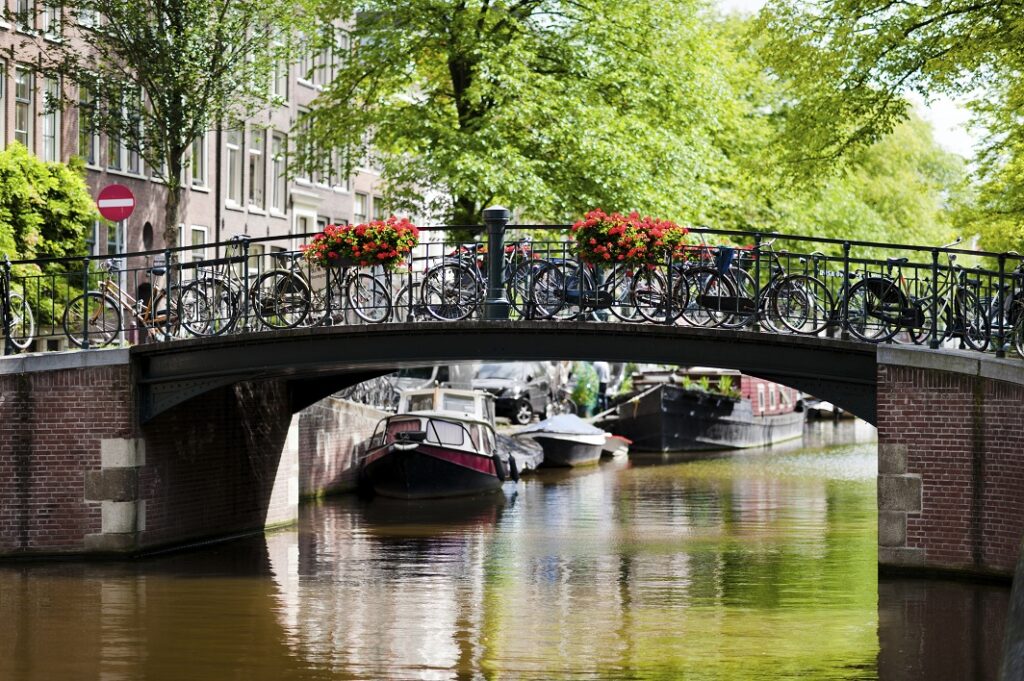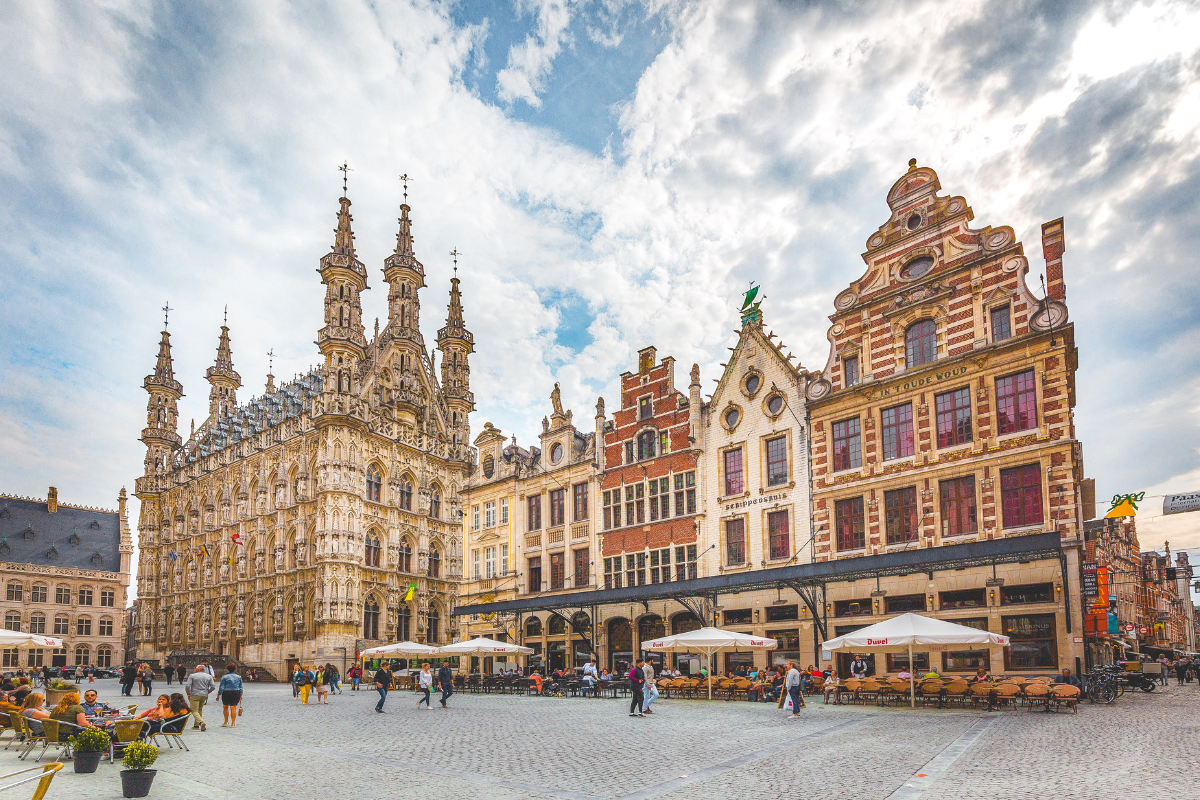Travelling by train is one of the best ways by far to see Europe – train travel makes crossing this massive, diverse continent easy, especially when you have an InterRail or Eurail pass. Nothing beats seeing different landscapes dash past as you gaze out the window or the thrill of disembarking in a new city every few days. From the ruins of ancient Rome to the art galleries of Paris, all the best of Europe is just another few stops away.
To get the InterRail pass you must have been a resident of Europe for at least 6 months. The Eurail pass is available for everyone else. These tickets will allow you to make multiple stops across Europe during a set period of time. To find out more, check out the InterRail and Eurail websites.
The passes cover you for as many as 30 countries so there are loads of options when it comes to deciding where to go. You can even get free and discounted travel by ferry so even those sun-kissed Greek islands are within your reach. Make sure you research the benefits of your pass online before setting off so you know which deals and discounts you can take advantage of.
In general, the East and South of Europe are cheaper than the West and North so if you’re planning on travelling on a tight budget, stick to these areas or try to include them in your travels. The most popular destinations in Europe include places like London, Paris, Rome, Barcelona and Amsterdam so expect prices to be slightly higher here. Saying that, you can still do these cities on a budget – check out our guides to visiting London on a budget and Paris on a budget for some tips.
Try not to pinch the pennies too much, though. This is meant to be the trip of a lifetime after all! Make room in your budget for things like a meal in a restaurant every so often or a trip to a live show or trendy bar.

Packing light is an absolute must for this trip. You’ll soon regret packing those extra pair of shoes and jeans when you’re lugging your backpack from another train station to your hostel. An absolute essential is either a phone or tablet with GPS or a map and compass if you want to avoid data roaming charges – you’re going to be pounding the pavement a lot looking for different landmarks, hostels or train stations so make sure you avoid wasting precious time wandering in the wrong direction.
Europe is a geographically diverse continent so pack for all weather conditions. You’re going to have to become an expert packer! In the summer it might be warm during the day but it can get chilly at night so pack a scarf and some layers so you can layer up if need be.
It’s also really important to bring photocopies of all your documents in case you lose them and keep your passport handy especially as you’ll be crossing lots of borders on the train. As for your money, it’s best to take some Euros and have the rest in travellers cheques. It’s never a good idea in any destination to carry large sums of money around with you.

Since you’ll more than likely be passing through quite a few different countries, learning the lingo for each one’s gonna be tough. Instead, try to learn a few essential words from each language – Google translate can help you here. Start with how to say ‘thanks’ and ‘excuse me’ as well as how to order your favourite food or drink. Apart from that, sign language is going to be your best bet on this trip although you’ll find that most people (in the most tourist-saturated cities at least) will speak good English.
Get a feel for the city you’ll be visiting by looking it up online first. You can take advantage of our Tripbooks which will give you ideas and inspiration on hundreds of destinations across Europe including Copenhagen and Vienna. Try making your own Tripbook and adding ideas and travel-plans to it as you go. There are plenty of websites offering destination guides so soak them up before you arrive. A popular guidebook is Lonely Planet’s Europe on a Shoestring which is packed with information.
Try not to overplan though – you never know what opportunities might come up as you travel, especially if you meet people in hostels along the way and share ideas.

If you don’t want to end up sleeping on a dirty train station floor then book your accommodation in advance! There’s nothing worse than traipsing around a city looking for somewhere to sleep with the panic that you might not get a room.
Some people opt for sleeping carriages on the train so that they can spring off the next morning and get straight into sightseeing. This is fine but it does have its downfalls. One of the best parts of travelling Europe by train is being able to watch the landscape transform as you snake through it – you might miss seeing the breathtaking mountains of Switzerland or the fairytale-like Black Forest of Germany – and if you travel through Norway with your eyes closed you’re missing out BIG TIME!
If you want to reserve a train seat in advance to ensure you get a seat by the window or even a seat in a panoramic car, you’ll usually need to pay a supplement to cover the cost not included with your rail pass. Ask about this before getting on the train to avoid an unwelcome surprise.

Some useful websites
- InterRail: www.interrail.eu – European citizens can buy rail passes and plan itinerarys
- Eurail: www.eurail.com – as above, but for non-Europeans
- German rail website (BAHN): www.bahn.com/i/view/index.shtml – find timetables for trains across Europe
- The Man in Seat Sixty-One: www.seat61.com – this man seems to know all there is to know about train travel through Europe
Are there any other websites you’ve found useful or tips we’ve missed out? Let us know in the comments box below or email us at socialmedia@hihostels.com.





